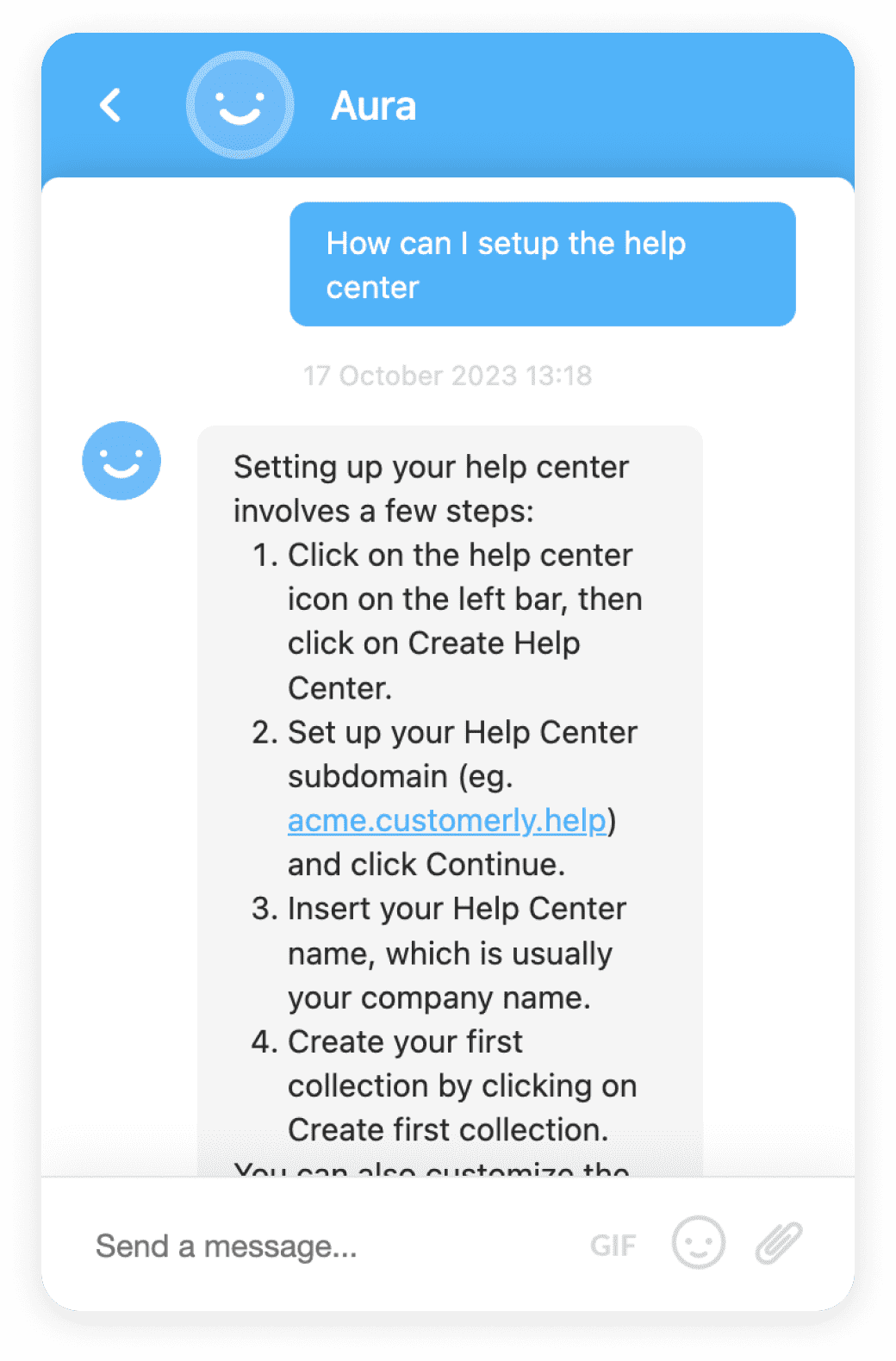Psychographic Segmentation
Psychographic Segmentation is a marketing strategy that categorizes consumers based on their psychological characteristics, allowing for more targeted marketing.
Definition
Psychographic Segmentation is a marketing strategy that categorizes consumers based on their psychological characteristics. These characteristics can include interests, lifestyles, values, attitudes, and personality traits. It goes beyond basic demographics to create a more detailed profile of the consumer, allowing for more targeted and effective marketing strategies.
Usage and Context
Psychographic Segmentation is widely used in marketing and advertising. It helps companies to better understand their customers and tailor their marketing messages to resonate with specific groups. For example, a company selling outdoor equipment might target consumers who value outdoor activities and adventure.
FAQ
What is the difference between demographic and psychographic segmentation?
While demographic segmentation groups consumers based on measurable statistical data like age, gender, and income, psychographic segmentation focuses on subjective factors like attitudes, interests, and values.
How is psychographic data collected?
Psychographic data can be collected through various methods, including surveys, interviews, and observation. Social media and online behavior can also provide valuable insights.
Related Software
There are several software tools available that can help businesses with psychographic segmentation. These include Google Analytics, Facebook Insights, and various CRM systems.
Benefits
Psychographic segmentation allows businesses to create more relevant and personalized marketing campaigns. It can also help to identify new market segments and opportunities, improve customer retention, and increase sales.
Conclusion
In conclusion, psychographic segmentation is a powerful tool for marketers. By understanding the psychological characteristics of their customers, businesses can create more effective and personalized marketing strategies.
Related Terms
Behavioral Segmentation
Behavioral Segmentation is a marketing strategy categorizing a target market based on their behavior towards a product or service.Target Audience
Target audience refers to a specific group identified as the intended recipient of an advertisement or campaign, sharing similar characteristics.Target Audience Analysis
Target audience analysis is a method of identifying and understanding your potential customers to develop effective business strategies.











